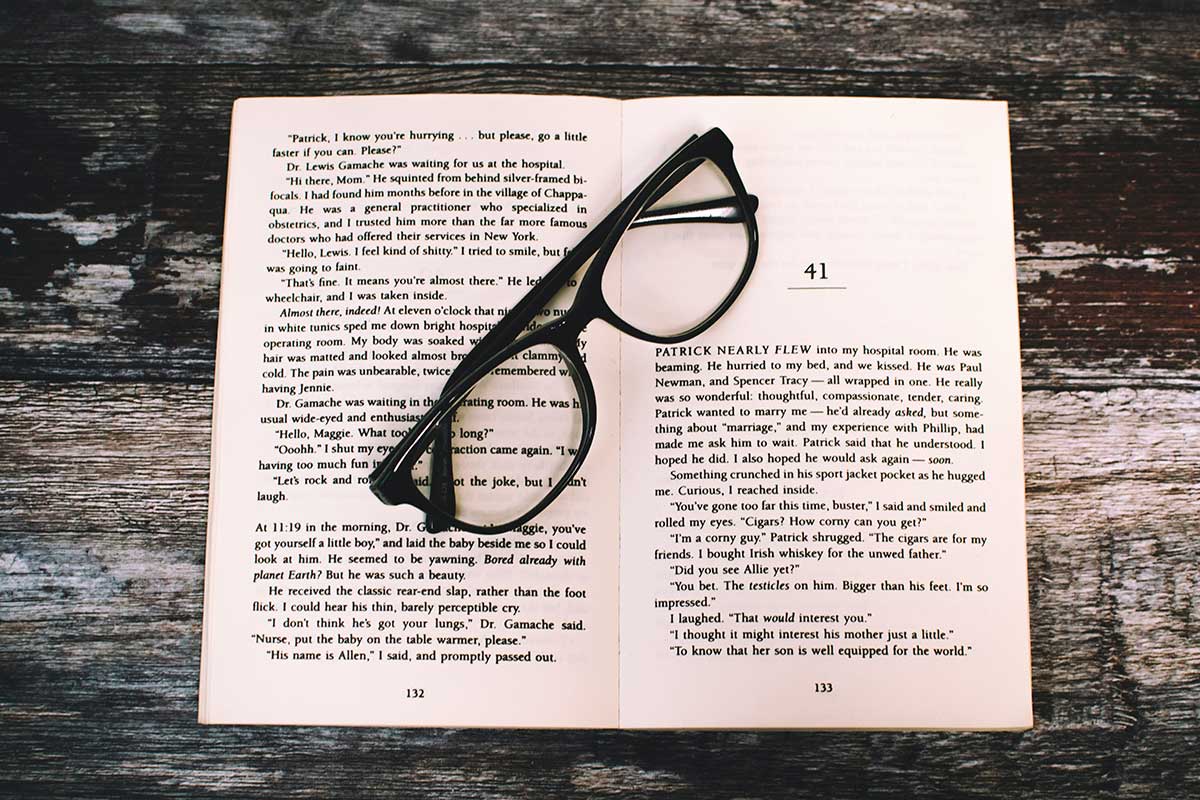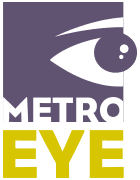
Low vision affects millions of Americans, including especially many older Americans. Although often misconstrued, it is different from blindness. Low Vision is a condition where even corrective lenses and surgeries cannot provide 20/20 vision. When someone’s life is affected by low vision, activities such as reading, driving, and shopping can become very difficult.
Low vision is typically caused by age-related macular degeneration, glaucoma, or diabetes., but it can be caused by eye injury as well. It is very important to take care of your eyes to keep them healthy so that you can prevent these conditions and the possibility of the developing into low vision.
Low vision is characterized by blind spots, blurry vision, a small field of vision, and poor vision at night. It cannot be corrected or improved. However, there are many ways to make the most of the vision present and prevent further vision loss. First, an eye doctor must diagnose where the vision loss is present through various tests. The use of lighting and magnifiers and special charts to test visual acuity, depth perception, and visual field are all tests that help shed light on what vision is available to a patient. Then they will come up with a personalized plan for treatment.
Some aids for patients with low vision include telescopic glasses, lenses that filer light, magnifying glasses, reading prisms & closed-circuit television. To learn more about low vision to see how it affects patients, visit the referenced websites below!

What Is Low Vision? – American Academy of Ophthalmology
Low vision refers to vision loss that cannot be corrected by medical or surgical treatments or conventional eyeglasses. A person with low vision must learn to adjust to it.

Low vision – Overview – Mayo Clinic
Mayo Clinic Low Vision Specialty Group can help those with untreatable vision loss make the most of the vision that remains to preserve quality of life.

Low Vision | National Eye Institute
Low vision is a vision problem that makes it hard to do everyday activities. It can’t be fixed with glasses, contact lenses, or other standard treatments like medicine or surgery. Read about the types of low vision and its causes, diagnosis, and treatment.

